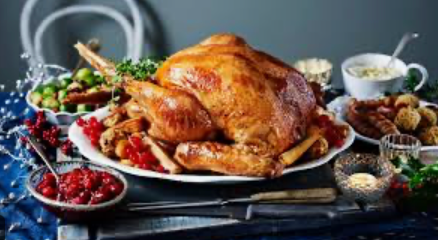Overstuffing is simply defined as putting too much stuff in a limited space.
It will be experienced by some during the coming Thanksgiving Holiday when the taste and fragrance of turkey fresh out of the oven
will cause the celebrants to put too much in the limited space of their stomach.

Overstuffing was experienced by Alice in Wonderland when she ate a cookie labeled “Eat Me”: ““Curiouser and curiouser!” cried Alice (she was so much surprised, that for the moment she quite forgot how to speak good English). “Now I’m opening out like the largest telescope that ever was! Good-bye, feet!” (for when she looked down at her feet, they seemed to be almost out of sight, they were getting so far off).”



Currently, many surgeons focus on reconstructing an “anatomic” arthroplasty “recreating premorbid anatomy”. However, most arthritic shoulders have had a decreased joint volume for years prior to surgery. So unless the surgeon recreates premorbid joint volume, an anatomic arthroplasty will overstuff the articulation resulting in stiffness.
For this reason, we aim to conduct a kinematic, rather than an “anatomic” arthroplasty by assuring that, with the trial components in place, the shoulder has the desired range of motion


And document the motion with a “parting shot” photograph included in the operative note to show the patient that “it will go”.

In summary, avoiding the consequences of overstuffing requires that the volume of the contents of the space are appropriate for the volume of the space. The arthroplasty surgeon has some opportunity to increase the volume of the space by soft tissue releases; the surgeon has a lot of control over the volume of what she or he puts in the space.
All’s well as long as the shoulder has a balance of mobility and stability.
Stuffing in preparation for the mating season.

Sooty Grouse
Mt Rainier
July 2024

